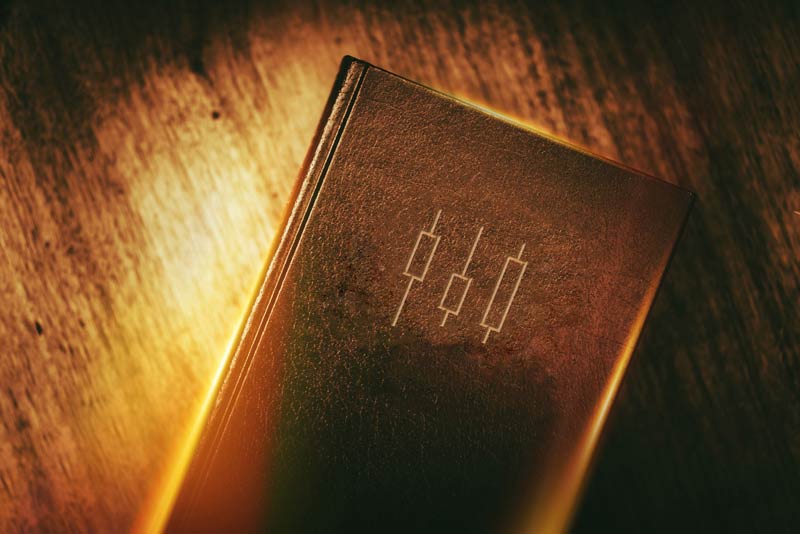
Howdy traders,
Welcome to the official user guide for my price action Battle Station for Metatrader 4.
The guide will be broken in to chapters, so if you need to know something about a particular part of the tool, you can get the information quickly.
In this getting started section, I’ll start off by giving the basic 10,000 ft view of what the Battle Station can do for you, and how it can benefit your trading.
Installing the Battle Station
If you need instructions on how to install the Battle Station into your system, follow my MT4 Indicator Installation Guide – which uses the Battle Station as the example indicator.
So, What Can the Battle Station Do?
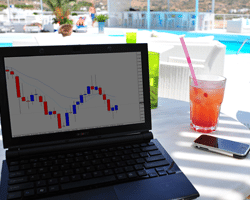
To put it bluntly, the Battle Station is a Swiss army knife for price action traders.
It’s an extremely powerful and helpful ‘MT4 charting assistant‘, especially for traders whose strategies, or methodologies are focused on:
- Price Action Trading
- Swing Trading Strategies
- Breakout Trading
- Candlestick Patterns
- Renko Charting
If you’re trading with any of the above, then the Battle Station is going to become your new best friend.
The Battle Station was designed to take a lot of the monotonous ‘chart checking’ labor, off your hands. Simply load the Battle Station on the pairs you’re watching, and let it scan the market for you.
After it has been loaded onto a chart, it will notify you through the various alerts available at the moment:
- Smart phone notification (iPhone & Android devices)
- Email Alerts
- Metatrader 4 popup alerts
After you receive a signal alert from the Battle Station, you can come and check out the chart you’ve been alerted to, and make the decision whether you want to take the trade or not.
The advantage here is that you don’t have to sit in front of the charts anymore or continually check if something happened, just wait for a notification to come through on your phone to let you know something interesting is happening on the markets you’re watching.
The Battle Station’s functionality is broken up into two main components:
- Chart drawing module (candlestick pattern and breakout markers on the chart)
- Trade setup notification module (sends detailed alerts about candlestick patterns and breakout events)
Chart Drawing Module
The Battle Station has a set of chart drawing features that mark out important price action patterns and events.
There a few different things the latest Battle Station is looking out for on your charts.
Of course you’re free to turn each scanner on/off at your convenience to get a personalized experience from this tool.
#1 Candlestick Pattern Recognition & Marking
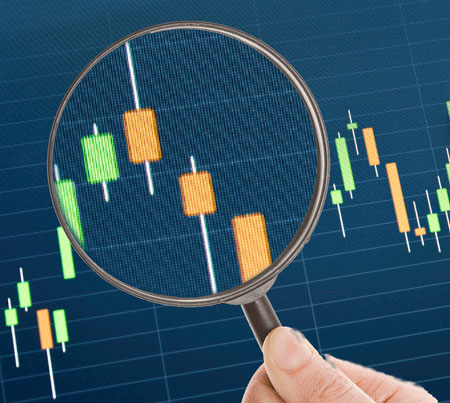
The Battle Station is programmed to recognize the most commonly used candlestick patterns, which we’re also using to trade in the markets.
- Pin Bar
- Rejection Candle
- Engulfing Candle
- Outside Candle
- Inside Candle
- Double/Triple Inside Candle Sets
- Doji Candles
- Dark Cloud Cover
- Bullish Piercing
Everyone has their own version on the criteria/formula for qualifying each candlestick pattern.
I’ve developed the Battle Station to detect these candlestick patterns according to my quality control guidelines.
Many developers drop the ball here, meaning you suffer with low quality indicators that will have a low quality approach in finding and marking your favorite patterns.
The Battle Station is tuned for quality over quantity – so you will be happy with the quality patterns it detects on your charts.
Of course you can turn off the default filters at your discretion – if you really want to be notified of every… single… candle…
But this could quickly become annoying, as your phone is bombed with candlestick pattern alerts all day.
When the Battle Station finds a candlestick pattern on the chart, it will mark it by putting a color coded vertical marker on the candle
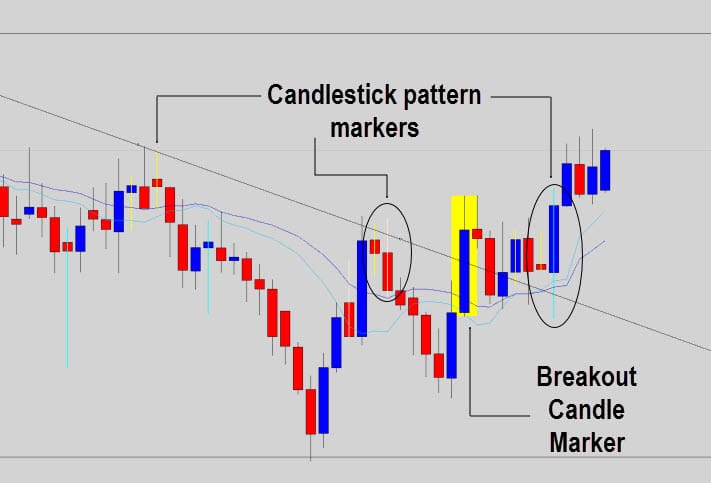
Above: An example of how the Battle Station marks the candles it finds. It color codes each class into 3 different groups
- Blue ( Bullish Reversal Signal )
- Red ( Bearish Reversal Signal )
- Yellow ( Inside Candle )
- Orange ( Multiple Inside Candles )
- Purple ( Indecision Doji )
Note: You’re free to customize this color scheme fully in the Battle Station options.
#2 Breakout Markers
The Battle Station has some breakout detection tools built into its kit. It can :
- Detect breakouts from consolidation structures you highlight with the square and triangle drawing tool
- Detect breakouts from trend lines
- Detect breakouts from support and resistance levels you’ve drawn
- Detect breakouts from previous weekly and monthly candle highs/lows
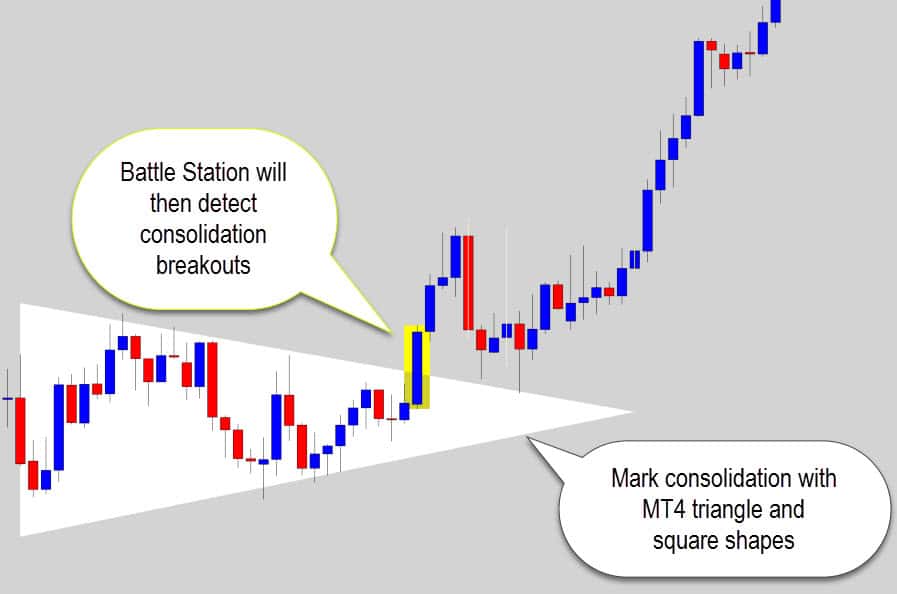
Above: A breakout marker flagging a bullish break form a price squeeze pattern – highlighted with the triangle tool
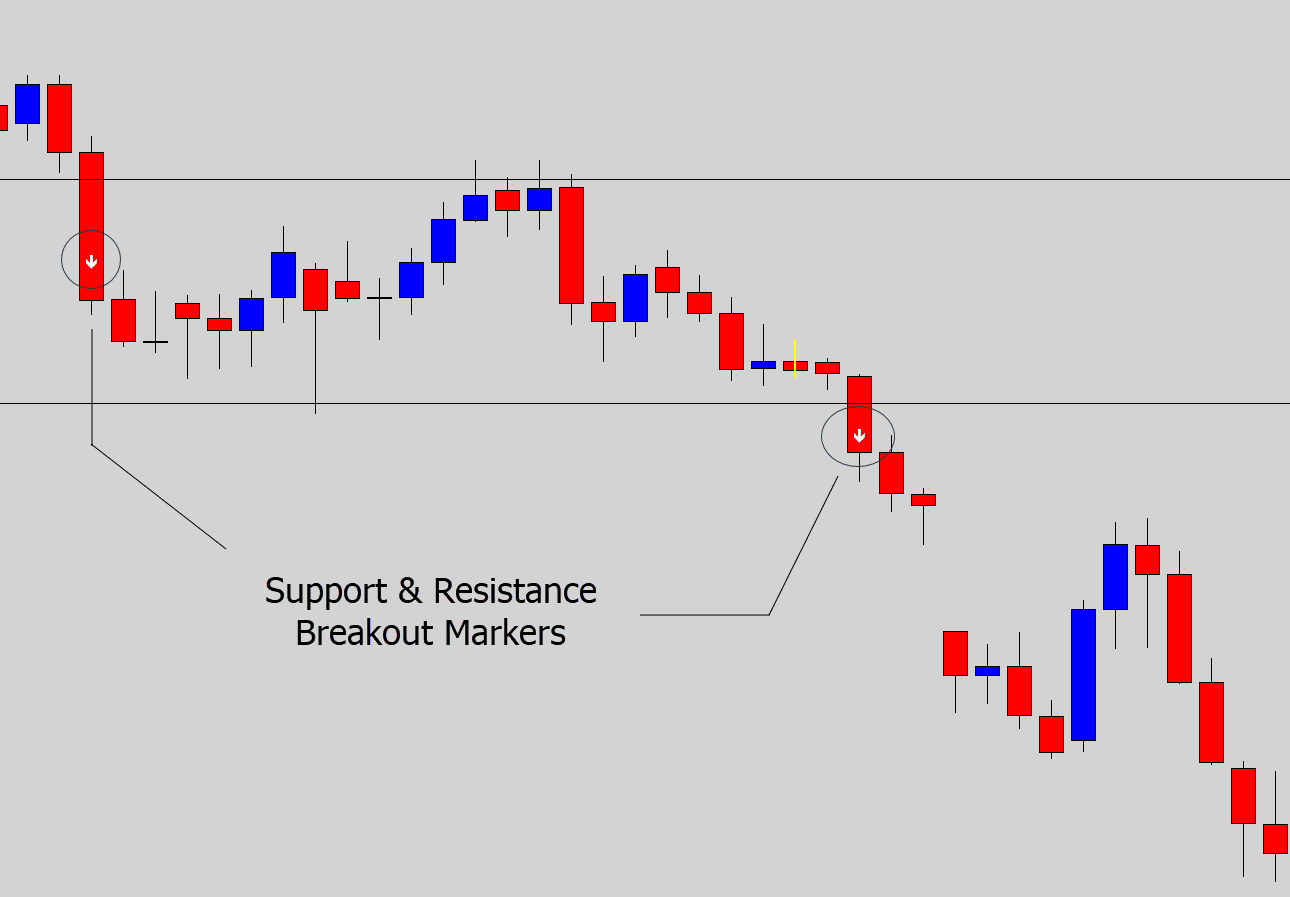
Above: The Battle Station uses white arrow markets to highlight breakouts through the support and resistance levels you’ve marked on the chart.
More on Breakout Markers Later
For now I just wanted to give you a quick demo of the breakout drawing system.
#3 Mean Value Drawing
The mean value is a reference point we use in price action technical analysis to look at ‘relative value’ within a trend, and to help spot over extension and any mean reversion opportunities that often combo with over extension on the charts.
The Battle Station automatically draws the mean value (10 & 20 EMA) on the charts for the convenience of War Room traders.
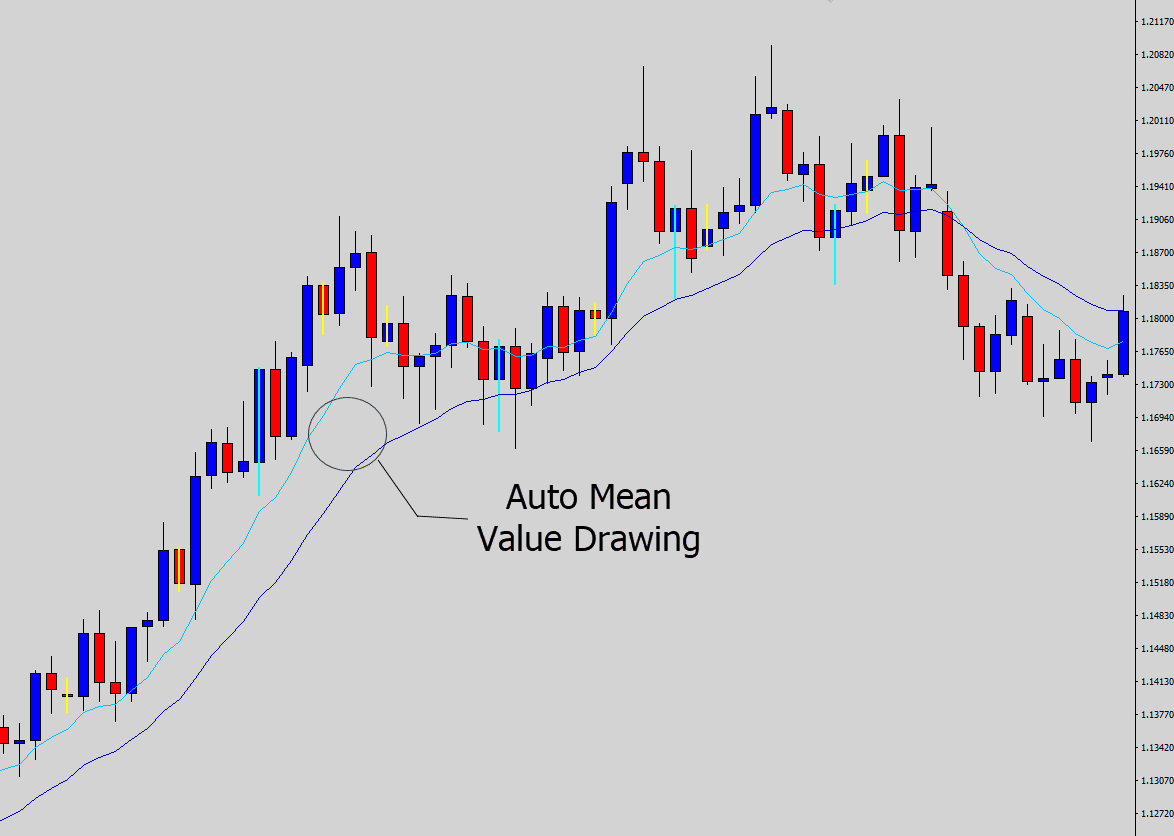
Note: You’re welcome to change the default mean value settings to make the battle station plot your own EMA values – customizable in the user options.
#4 Weekly/Monthly High and Low Levels
In the latest version, I’ve added in a weekly and month high/low spot checker. We can toggle this by pressing the ‘w’ key.
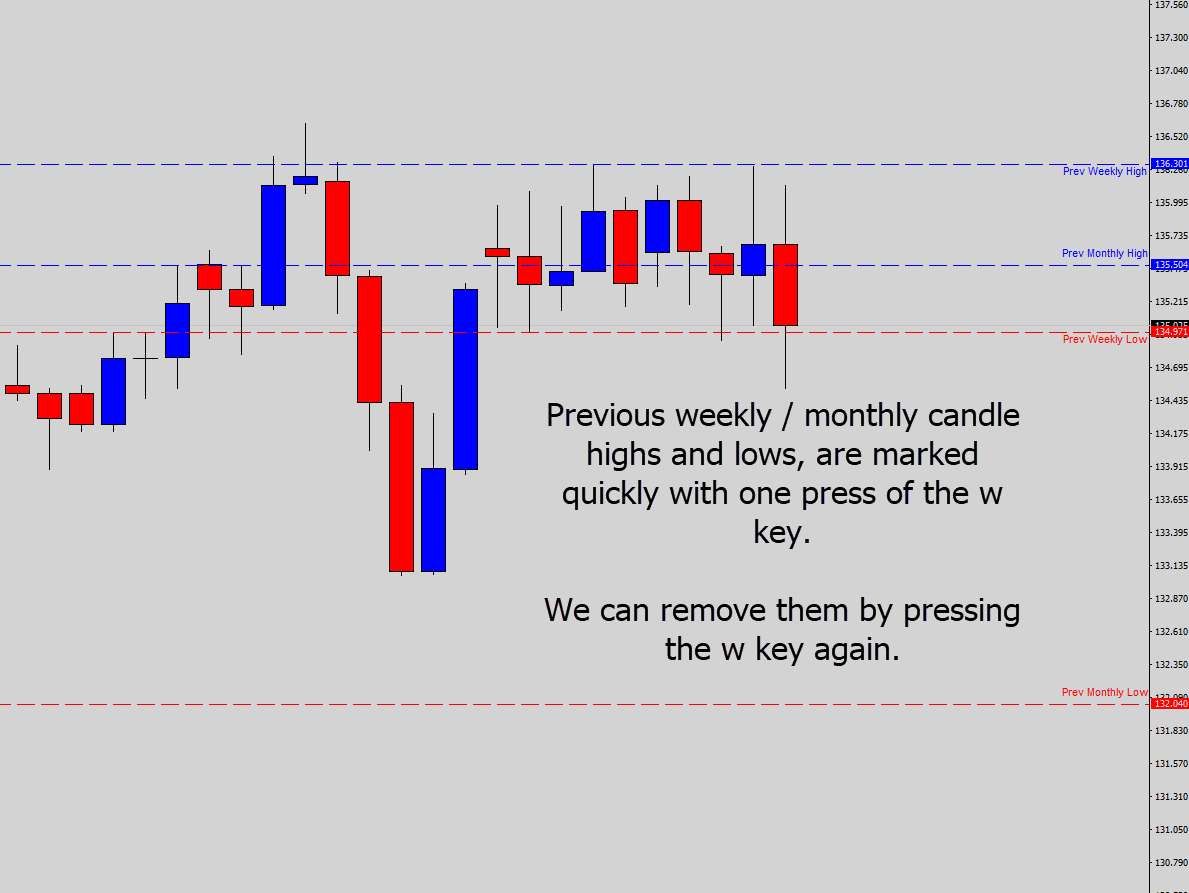
This is set up to be a ‘spot checking’ tool, where the lines are only drawn on demand by you.
We use this tool quickly if we need to check the previous weekly and monthly candle highs and lows.
#5 The Donchian Channel
The Donchian Channel was the technical analysis tool used by the famous turtle traders.
It draws a channel based off the highs and lows in the recent price action.
This is a ‘draw on demand’ feature also, where by pressing the ‘c’ key – you can turn the channel on and off.
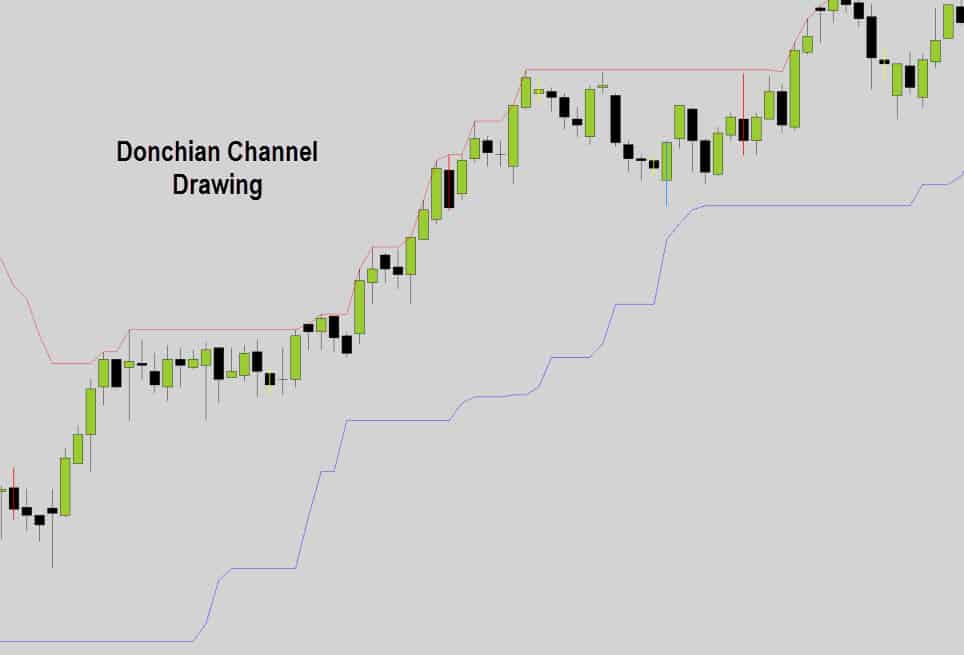
Notifications Module (Yep, all those features above, sent straight to your smart phone!)

It’s important to make clear at this stage that the Battle Station is not one of those ‘no brain needed’, ‘buy on green, sell on red’, kind of indicators.
Its primary task is to monitor the charts for you, reporting back high quality setups that you might potentially want to trade.
It’s going to keep a close, constant watch on as many markets as you like – so you don’t have to. The Battle Station will do the hard work for you
The big advantage here, is when the Battle Station detects something on the chart, it can notify you about the event through the three currently available channels:
- Smartphone Notifications, specifically iPhone and Android. This is obviously the most beneficial way to receive notifications.
- Email Alerts
- Internal MT4 Popup Alerts
The idea here is to remove the hassle of having to come back to check the charts throughout the day/night. Instead – set up the Battle Station, and be alerted when a chart needs your attention.
I’ve been running down at the beach, and received a candlestick reversal signal alert on my phone, describing the chart, time frame, and the type of signal identified – gone home and taken the trade.
Normally I probably would have missed that trade opportunity, so the Battle Station has been a valuable tool to me, and that’s why I know it will be a valuable tool to other traders as well.
You will get alerts from all the functions of the Battle Station, which includes:
- All the candlestick patterns
- Anything the candlestick patterns are reacting with (s/r, consolidation objects, mean value etc…)
- Horizontal Level (support and resistance) breakouts
- Trend line breakouts
- Rectangle and Triangular price squeeze breakouts
- Weekly and monthly high/low breakouts
- Customized alerts for custom built charts, including renko & heiken ashi
Quality Control Filters

It’s very easy to code something like a pin bar indicator, or some other kind of candlestick based pattern indicator.
The problem is you’re going to be notified about a lot of bad signals, because most of the candlestick patterns that form on the charts have no technical context to back them as a worthwhile trading opportunity.
The Battle Station has a set of quality control filters I designed built into it, which effectively ‘weed out’ poor quality signals.
These filters can be turned on/off at your leisure, but I don’t recommend you do that.
There are even some further narrowing filters which can be turned on. These extra filters are designed to work with the way you’ve set up your chart.
Nobody likes having their time wasted by crudely coded indicators. My quality control filters do a great job at ignoring low quality signals, and only pass on alerts to you about trade setups that are worthy of your attention and time.
The current filters available are:
- Candlestick range filter
- Swing high/low filter
- A trend filter (new)
- Chart technical filter (only signals that touch any technical objects on your chart like: horizontal levels and trend lines etc)
- Breakout candle filter
- Moving average filter (added by request)
Works With Your Chart Setup (Technical Filter)
One of the best features about the Battle Station is its ability to work with the way you have your chart set up.
The Battle Station reads the horizontal, and trend line levels off your chart to determine where you’ve marked out areas of support and resistance.
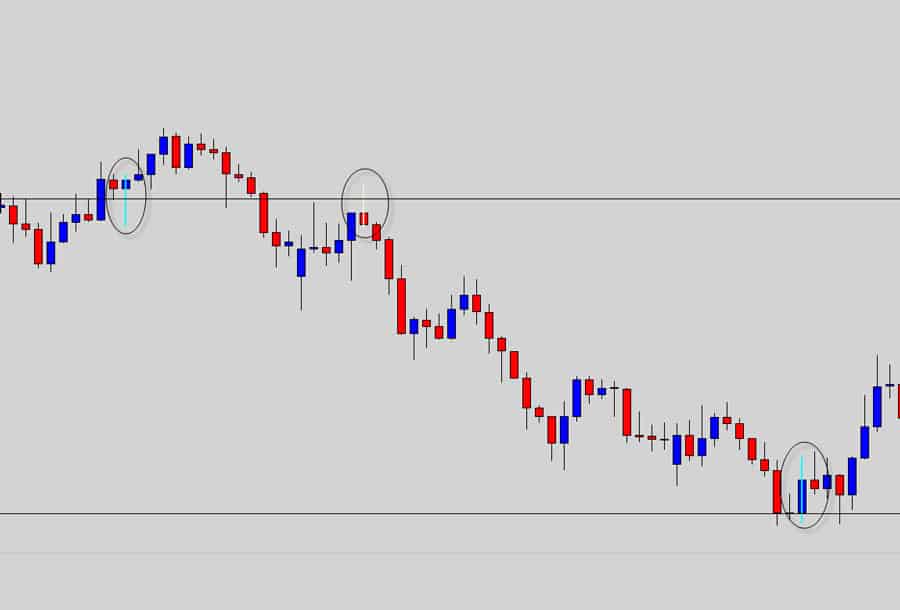
Above: Notice how only candlestick patterns found to react with the trader’s support/resistance levels are flagged, all the other patterns on the chart are ignored.
This is the ‘chart_technical_filter’ option, but there are also other chart filters like this you can turn on. We will discuss those further on in the guide.
This feature might be useful to you if you’re watching a strong level, and you’re waiting for a reversal signal to form off of it.
Think about the situation where you might not want to be notified of any signals unless they specifically form off the level(s) you’ve marked on your chart, then you can do this…easily.
The point is, the Battle Station can understand your analysis, and custom builds notifications based on the way you’ve got your technical levels laid out.
Therefore you will receive more advanced trade alert messages, like the ones in the example below.
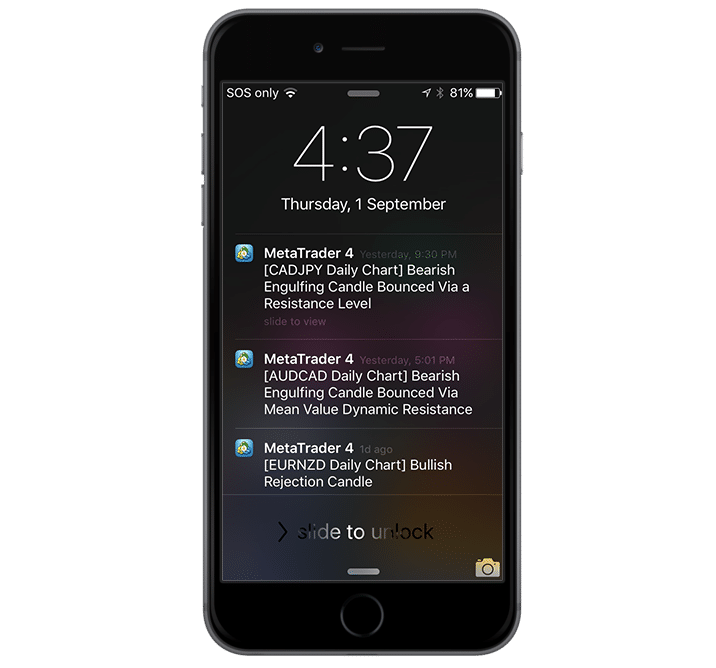
It knows when candlestick signals are reacting with levels you have on your chart.
So, if you prefer to only be alerted when a price action event / pattern occurs at the levels or consolidation structures you’ve got marked, this can be accommodated with the technical filter.
Compatible With Renko Charts & Other Custom Charts
The Battle Station can understand when it has been loaded onto a Renko chart.
Renko charts are a whole different type of price action, and I’ve made the Battle Station as compatible with Renko charts as possible.
Currently the Renko Battle Station mode can:
- Detect, draw and notify about a Renko Rejection Candle
- Build custom notifications tailored specifically for Renko chart
- Alert you to a new Renko candle (optional)
- Another option to only pass notifications of a new Renko brick if a direction change was detected.
My custom chart generator does generate Renko Charts, but also Hieken Ashi Charts and customized candlestick charts & time frames.
My goal was to make my chart generator and the Battle Station very compatible with one another. The Battle Station can give very detailed notifications about signals found on custom charts.
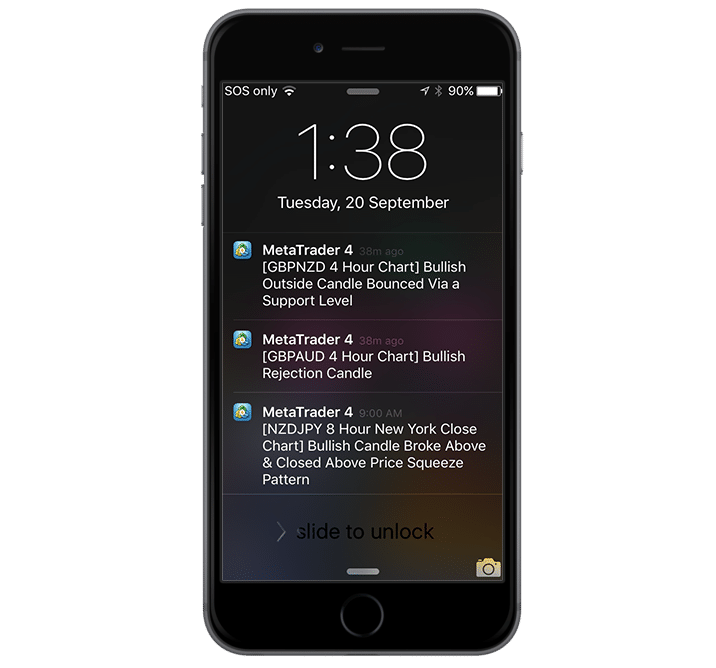
See above: Notice how the Battle Station can give clear notifications about what custom time frame you’ve loaded it onto. It also combines that with a detailed description on how the signal is reacting with your chart set up.
Note
Take Home Message
That pretty much concludes the general overview of what the price action Battle Station can be used for.
As I mentioned earlier, the Battle Station is a Swiss army knife when it comes to functionality – but its main purpose is to watch the charts for you, while you make better use of your time. The Battle Station will notify you if anything of interest pops up.
In the following guides I am going to look at each part of the Battle Station more closely, and explain each component in more detail.
I hope you enjoy!

David Wolfe
Hi Dale thanks for the hard work, I have one question does the technical filter work with the mean value setting or does it override it?
rachmad
good job..thanks
Josiah Best
Where can I find battle station to download?
Replying to: Josiah Best
Dale WoodsAuthor
Here is the battle station page
Trader5
Hi,
nice article, waiting for more details. Are you providing further upgrades/updates to your Battle Station?
Replying to: Trader5
Dale WoodsAuthor
Yes, always.